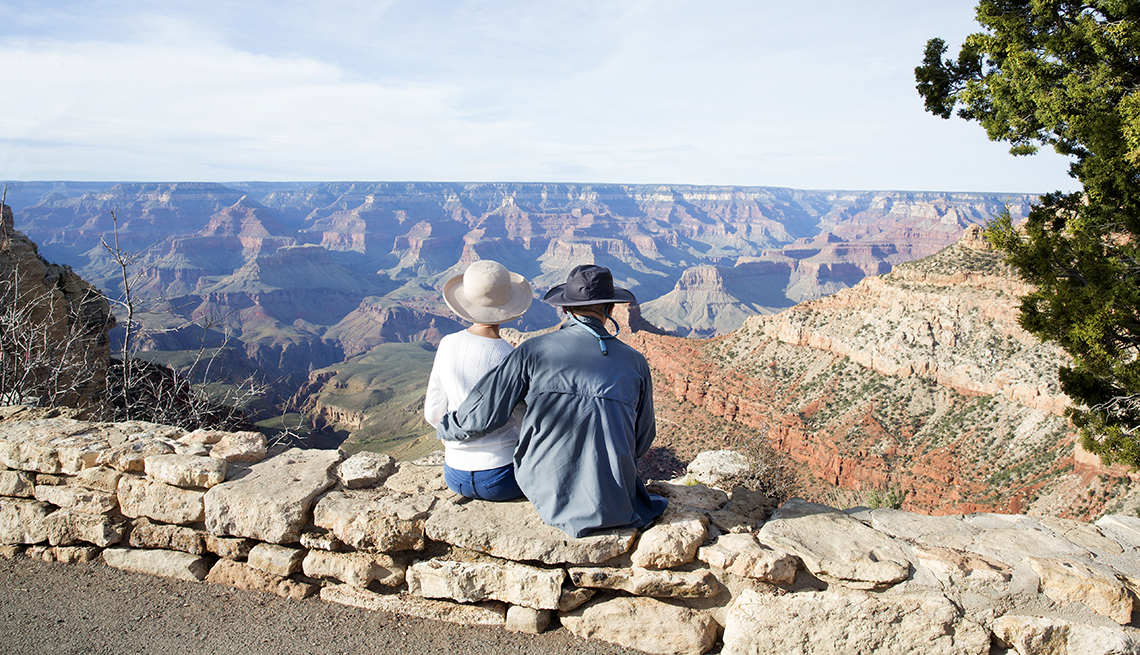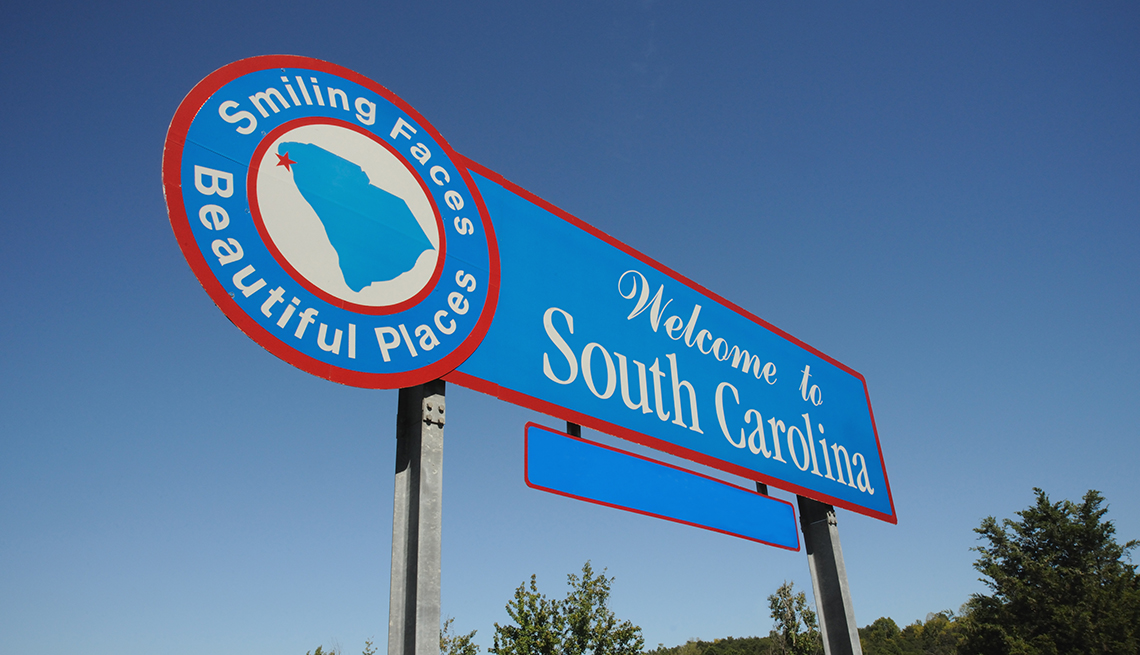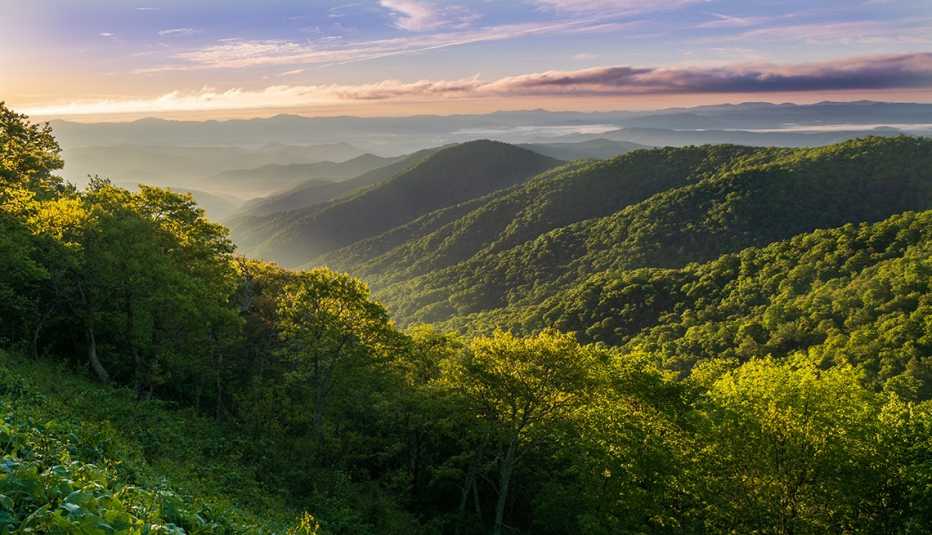Staying Fit


Phoenix spent July sweltering through a record run of 110-plus-degree days. In South Florida, ocean temperatures soared so high that taking a dip was almost like stepping into a hot tub.
While retirees who’ve flocked to Florida and Arizona to spend their golden years in the sun have been enduring ever-greater heat, Ken Kahn is enjoying a relatively normal summer of temperatures in the mid-to-high 80s.


AARP Membership— $12 for your first year when you sign up for Automatic Renewal
Get instant access to members-only products and hundreds of discounts, a free second membership, and a subscription to AARP the Magazine.
That’s because when he and his wife, Joanne Kalp, relocated for retirement in 2018, they picked a place where they reckoned the effects of climate change would be less severe: Asheville, North Carolina, in the Blue Ridge Mountains.
Summer temperatures in Asheville typically average in the 80s, and the winters are mild. “There’s climate resilience here,” says Kahn, 71. “We don’t have the extreme weather yet.”
The Kahns’ choice could be a sign of things to come. With climate experts predicting that temperatures in traditional Sun Belt retirement meccas will become less tolerable in years to come, older Americans may want to look at cooler alternatives.
“People might want to seriously rethink popular retirement destinations that are in hotter areas,” says Benjamin Strauss, CEO and chief scientist at Climate Central, an organization that researches and shares information about climate change effects.
Strauss says the scorching July of 2023 is just a hint of what it will be like in years ahead. “This summer is not just a one-time anomaly, and within a few decades, it might look like an average one, or even cool,” he warns.
For retirees, it’s not just a matter of sweaty discomfort:
- People age 65 and older are among the most vulnerable to heat-related illness and death, according to the Centers for Disease Control and Prevention.
- Those in very hot locales face higher utility bills that can eat into fixed incomes, as well as soaring homeowner’s insurance costs due to the extreme weather events associated with climate change.
- Being stuck inside air-conditioned homes can prevent older people from being active and mobile, notes Jesse M. Keenan, a professor of real estate and urban planning at Tulane University whose research focuses on adaptation to climate change.
“Over time, I think these factors are really going to add up, and motivate people to look elsewhere,” Keenan says.
It’s not just the heat
Where should retirees who want to avoid the heat consider going? “Many of the states in the north tend to have more moderate temperatures,” says Vivek Shandas, a geography professor at Portland State University in Oregon who specializes in the implications of climate change. He recommends that older adults concerned about the warming trend look at the belt of states stretching from New England through the upper Midwest to the Pacific Northwest.
Triple-digit heat isn’t the only climate consideration for retirees weighing a move.
“The recent flooding events in Vermont show that even areas perceived to be safe from disaster can be hit and hit hard,” says Benjamin Keys, an economist and professor at the University of Pennsylvania’s Wharton School who has studied climate impacts. “There’s no escaping the weather, but some areas will likely benefit from milder winters and relatively rare disaster events.”




























































































More From AARP
Great Places to Golf Your Way Through Retirement
These 8 destinations will delight lifelong players
Play Ball! 7 Great Places for Baseball Fans to Retire
Consider these destinations for the love of the game
How Extreme Heat Affects the Body After 50
Soaring temperatures can set off a cascade of life-threatening events. Here’s how to stay safe